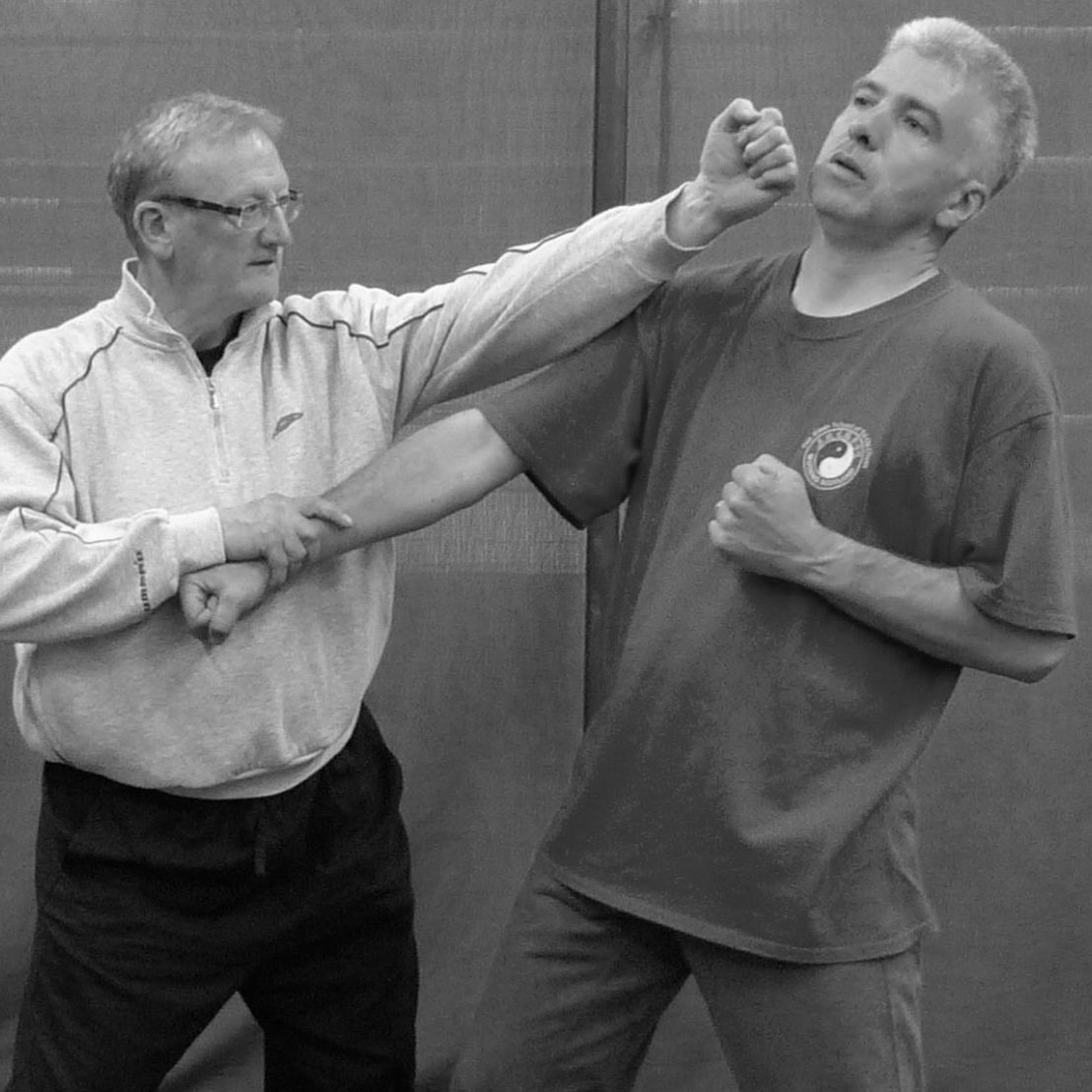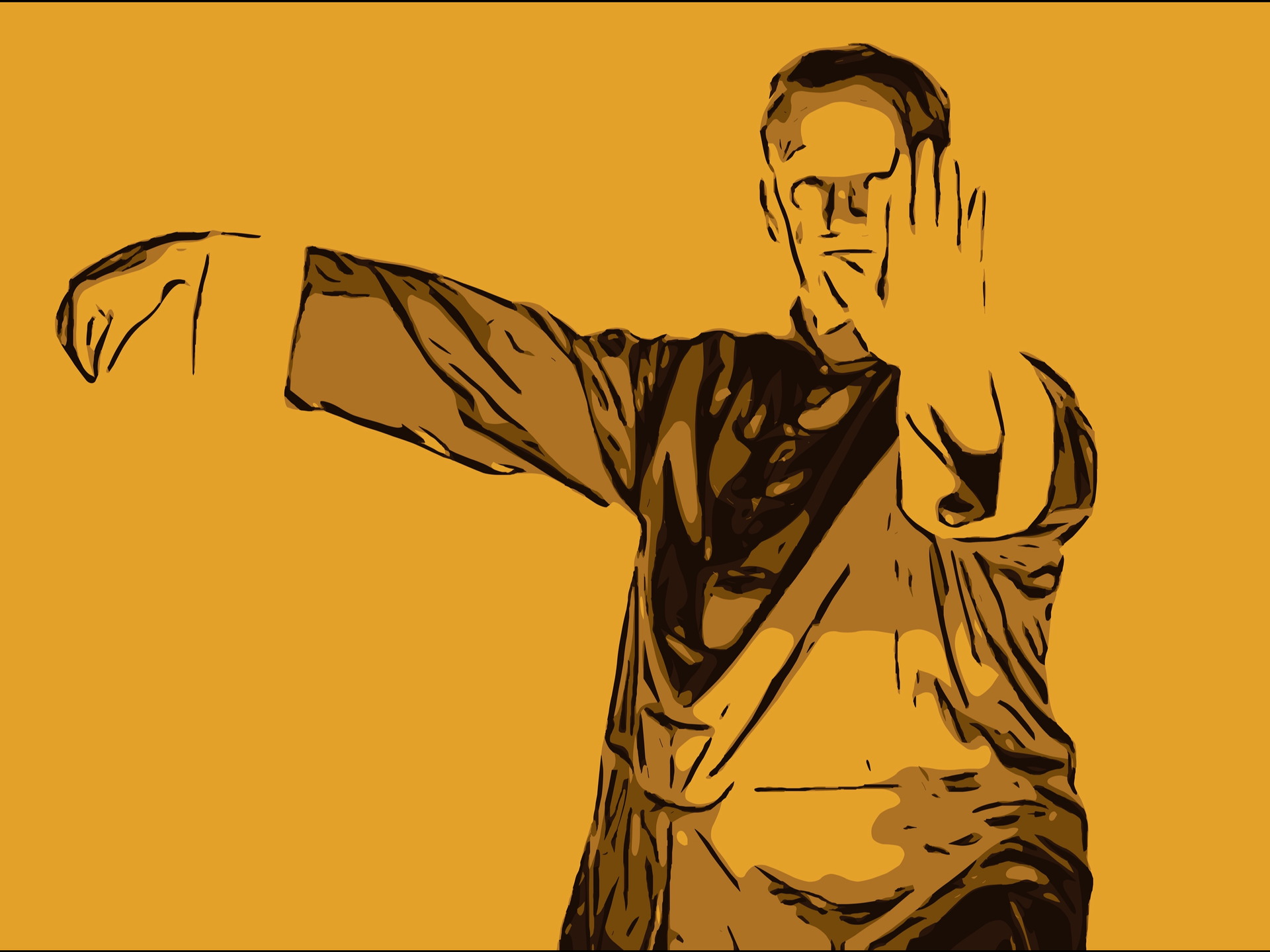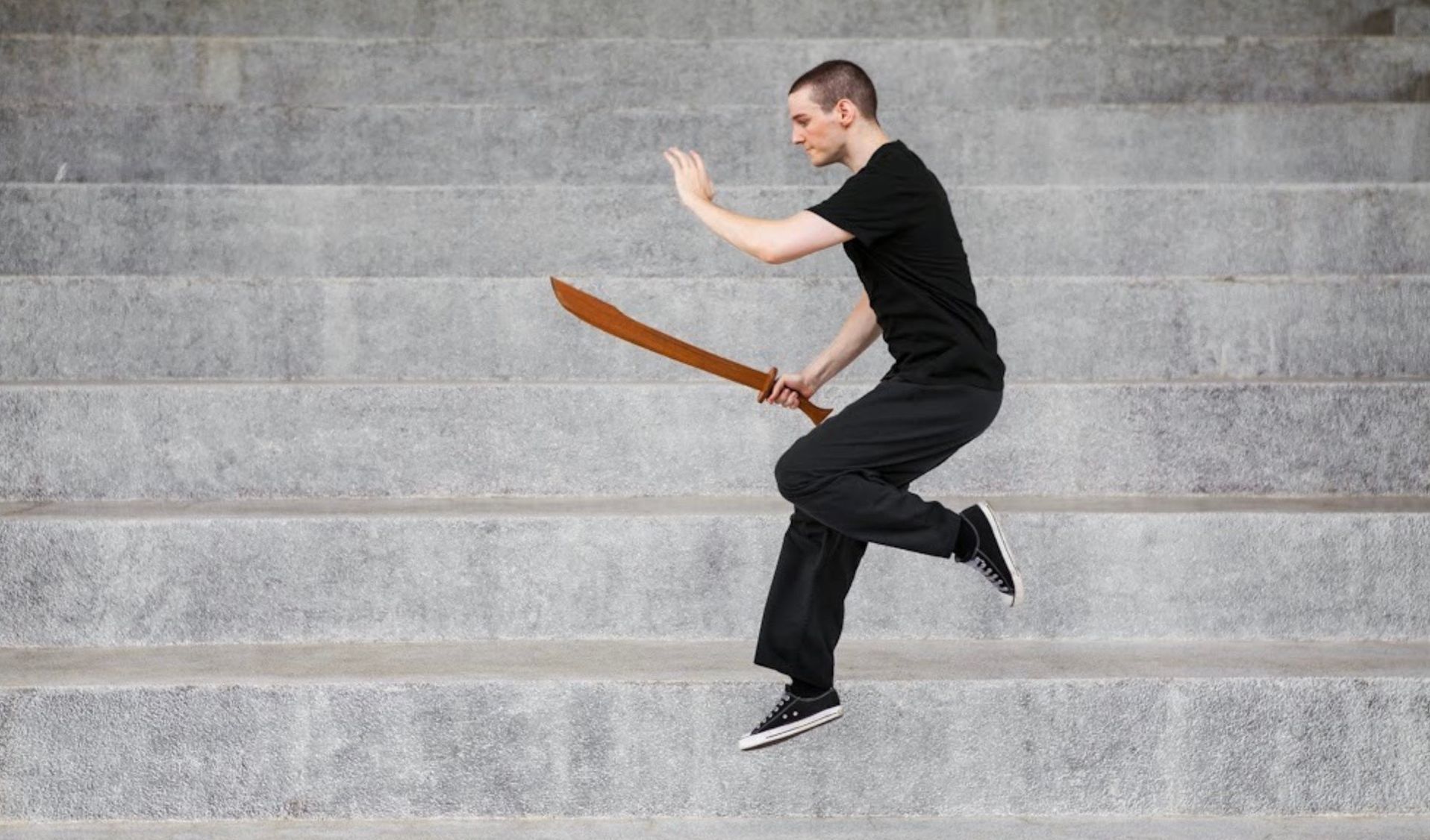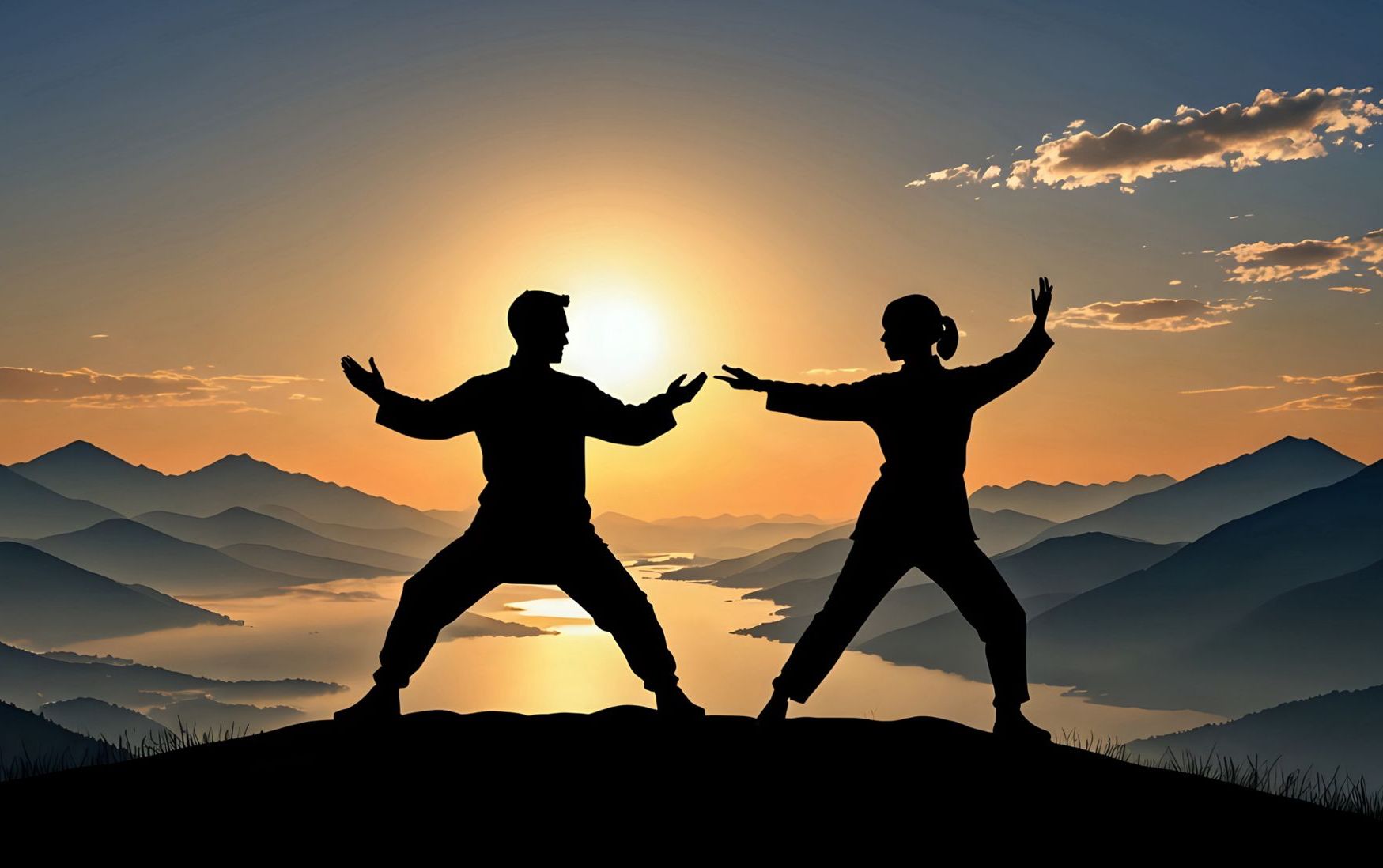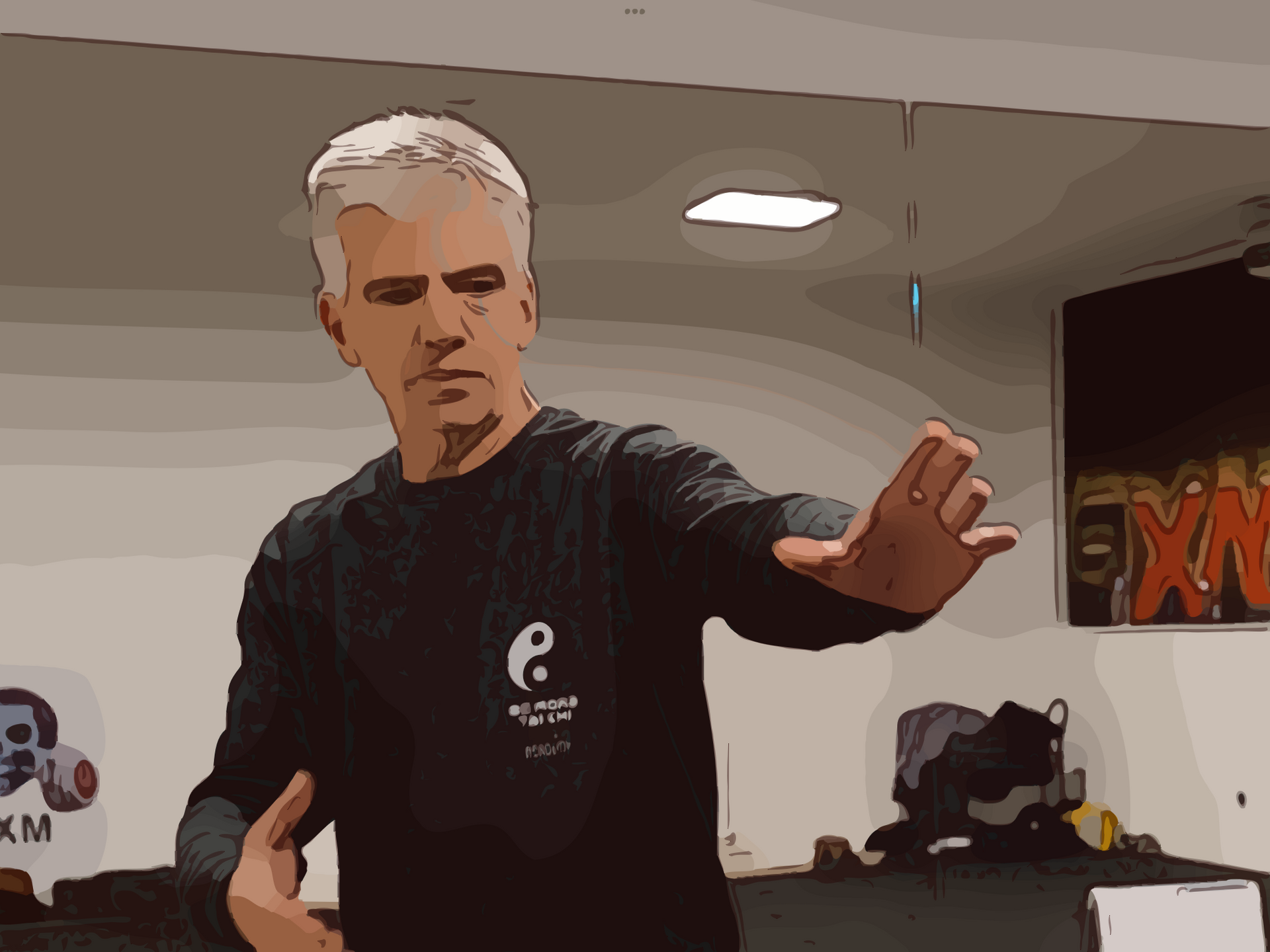Tai Chi: Dispelling the Myths – Practical, Effective, Not Fantasy
Tai Chi: Dispelling the Myths – Practical, Effective, Not Fantasy

Tai Chi is often misunderstood. Some see it as mystical energy work, others as a slow-motion exercise for seniors, and then there are those who claim it’s a martial art so powerful you can knock someone out without touching them.
Let’s be clear: Tai Chi is effective—but only when taught realistically.
Like any martial art, it depends on how it’s trained, practiced, and applied. The myths, exaggerations, and outright nonsense surrounding Tai Chi do it no favors—especially when it comes to the concept of Chi (Qi) and its martial applications. This article is about cutting through the nonsense and getting to the truth of Tai Chi as a practical system for health, skill development, and self-defense.
⸻
1️⃣ The Chi (Qi) Myth – What It Actually Means
One of the biggest misconceptions is that Tai Chi is all about energy manipulation—some believe it’s about controlling an invisible force to heal or even fight. In reality, Chi is often misunderstood in the West.
📌 What Chi Actually Refers To:
✅ In Traditional Chinese Medicine, Chi relates to vitality and overall health—not mystical power. Think of it as good genetics, lifestyle, and physical conditioning.
✅ Chinese medicine recognizes the Chi you’re born with (natural strength, inherited health) and the Chi you cultivate (through training, diet, and environment).
✅ Dr. Liu once said, “Swimmers have good Chi.” In other words, athletic ability, endurance, and efficiency of movement are all part of what’s referred to as Chi.
🔹 What Chi Is NOT:
❌ Some supernatural force you can project at opponents.
❌ A way to defeat someone without physical skill or training.
❌ Something that can substitute for proper martial training.
💡 Ian once knocked a guy down at a demo, and the guy asked, “Did you hit me with your Chi?” Ian replied, “I thought it was my fist.” That’s the reality—power comes from technique, structure, and timing.
⸻
2️⃣ The Martial Arts Fantasy – Can You Fight with Tai Chi?
Tai Chi is a highly effective martial art, but only if trained correctly. Many modern interpretations remove the practical elements, leaving only the form without application. Then, there’s the YouTube masters who make their students fly across the room with invisible force. That’s not real combat.
📌 Reality Check:
✅ All techniques are there, but there’s no guarantee you’ll get to use them. Real fights are chaotic—you have to adapt.
✅ Soft doesn’t mean weak. Tai Chi is about efficiency—using the least amount of force to control and neutralize an opponent. It’s not floppy nonsense.
✅ You don’t win fights with “magic” structure. If you’re not conditioned to deal with aggression, all the structure in the world won’t help you.
🔹 The Truth About Combat:
❌ You won’t knock someone out without touching them—unless you’re in a Kung Fu movie.
❌ If your opponent is resisting, Tai Chi principles need practical adaptability, not prearranged compliance.
❌ Many so-called “masters” demonstrate techniques where the student actively helps them look powerful—this isn’t real application. Try it against someone trained.
💡 Ian often says, “There’s no reason to fight, but every reason to know how.”
⸻
3️⃣ Tai Chi in Action – The Reality of Self-Defense
Tai Chi’s self-defense aspects aren’t about mystical techniques—they’re about understanding timing, distance, and adaptability.
📌 Real Martial Examples:
• Cheng Tin Hung, a famous Tai Chi fighter, was once attacked by a group of men. Did he beat them with Tai Chi moves? No—he picked up a folding stool and fought back with that.
• A kickboxing champion once trained in Ian’s class. When asked if Tai Chi was effective, he said, “It’s just dirty fighting”—and that’s the point. It’s designed to be practical, adaptable, and brutal when needed.
• Pushing Hands (Tui Shou) competitions are great for training—but they are not a real fight. It’s an exercise to develop close-range sensitivity and control—it’s a tool, not the whole art.
🔹 The Truth About Tai Chi in Self-Defense:
✅ Tai Chi is effective when trained with realistic intent.
✅ The principles work, but they must be trained under pressure.
✅ It’s about changing and adapting—not waiting for an opponent to fall over from an energy wave.
💡 “The applications are contained in the form, but they won’t appear as if by magic in a fight.” You have to train them properly.
⸻
4️⃣ The Real Purpose of Tai Chi as a Martial Art
Tai Chi is not just about fighting—it’s about developing the whole person.
✅ It teaches awareness, control, and adaptability.
✅ It enhances physical and mental resilience.
✅ It gives you tools for conflict—but also the wisdom to avoid it.
But if you’re walking around thinking you’re invincible because of a few forms or because your instructor makes students fly across the room—you’re living in fantasy.
📌 Reality Check:
• If you act like you’re invincible, someone harder will come along.
• If you assume a fight will play out like a Tai Chi demonstration, you’re in trouble.
• Violence is unpredictable. Even highly trained fighters don’t win every fight.
💡 Frank, a guy we worked with, once got into a fight and was badly beaten. Most people would seek medical help—Frank went home, grabbed a hammer, and returned to the pub. He was so violent, he spent the next 8 years in prison. That’s the reality of violence—it’s ugly and unpredictable. Best not to fight, but if you must, you better know what you’re doing.
⸻
Final Thoughts: Tai Chi is Real, But Only If Trained That Way
Tai Chi can be one of the most effective martial arts—but only if it’s trained as a martial art, not a fantasy.
📌 Key Takeaways:
✅ Chi (Qi) is about vitality and movement efficiency—not magic.
✅ Martial skill in Tai Chi is real, but it depends on realistic training.
✅ Fighting isn’t about pushing compliant students around—it’s about adaptability.
✅ Tai Chi is a tool for self-defense, but also for self-improvement.
🚀 Train Tai Chi for what it is: practical, effective, and real—not make-believe.
Learn Tai Chi the Right Way

